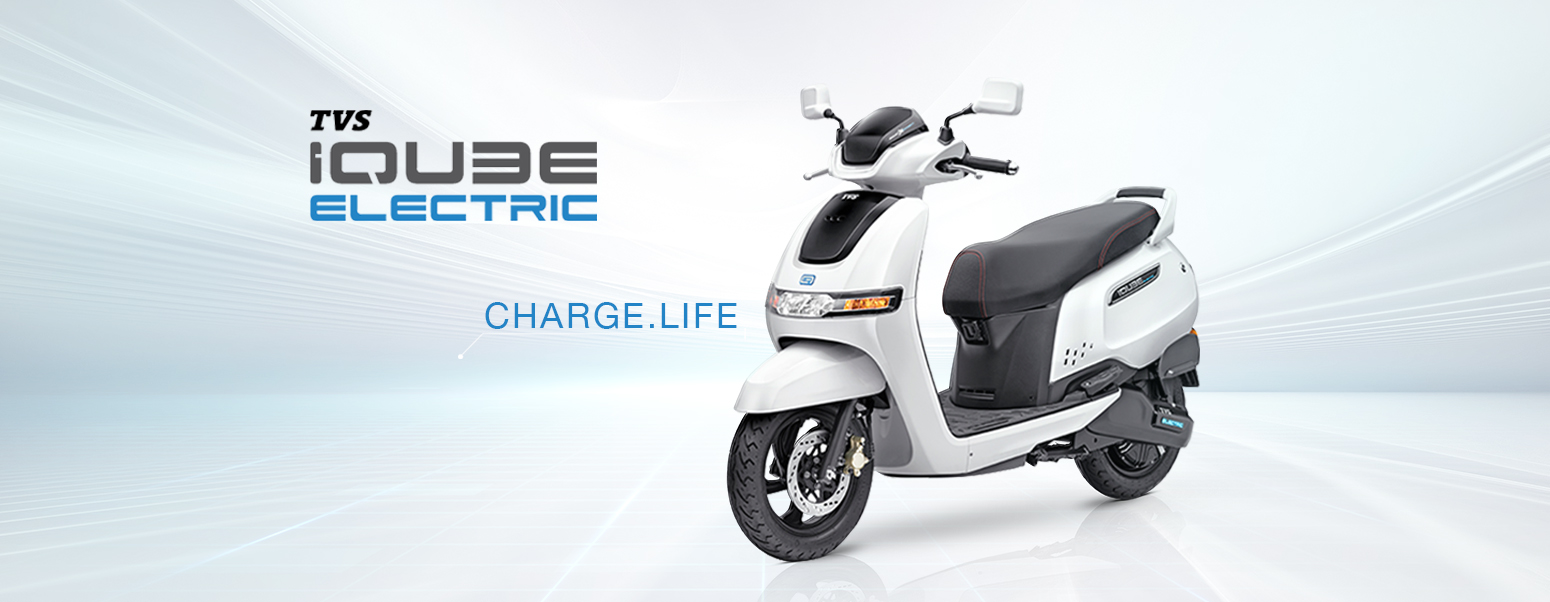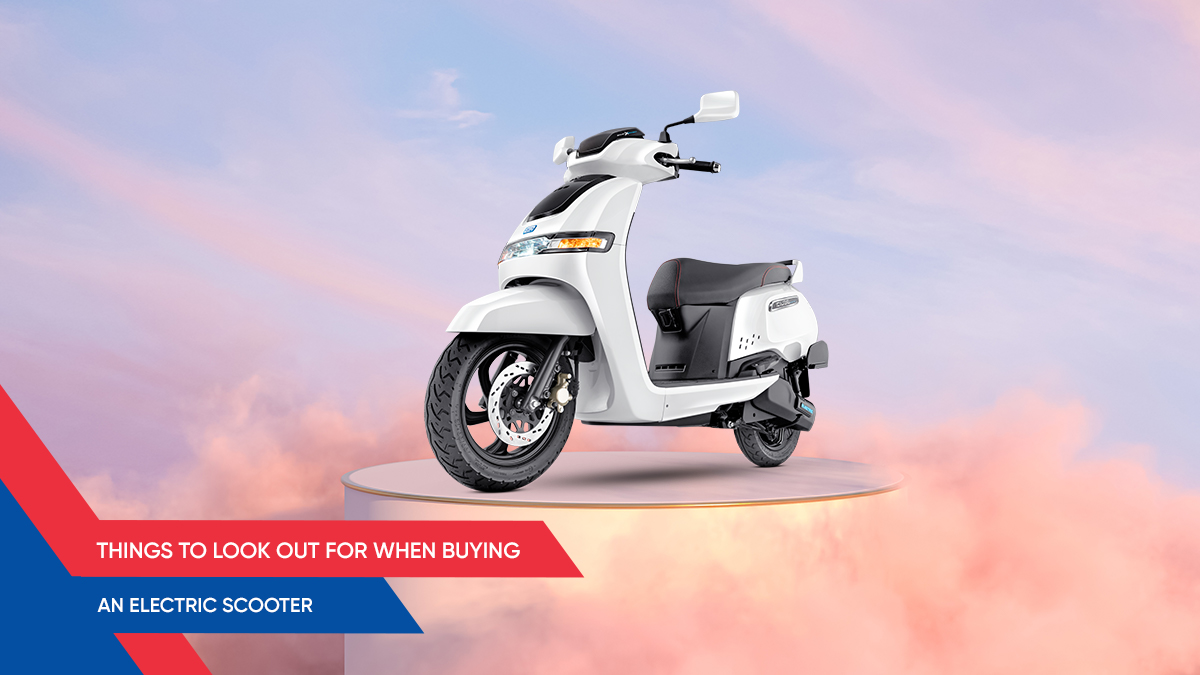If the world of EVs intrigues you, you might have heard about the FAME 2 subsidy. The government of India has been pushing for the adoption of electric vehicles including buses, three-wheelers, passenger cars and two-wheelers – both scooters and bikes for the past couple of years.
They have introduced various schemes that help bring down the price of electric vehicles and even get you tax rebates, should you choose to borrow from the bank for your electric vehicle. State governments have taken it upon themselves to sweeten the deal further with their own individual plans to stimulate the growth of this new industry. While some have offered add-on subsidies, others are wooing manufacturers to set up their electric vehicle manufacturing factories.
According to the Press Information Bureau, 7, 40,722 two-wheelers and 83,420 three-wheelers sold under FAME II subsidy as of July 2023. Initially, the scheme was notified with an outlay of ₹ 10,000 crore for a three-year term starting April 1, 2019 which was further extended up to 31 March 2024 via notification dated 25 June 2021. During COVID-19, due to low demand, the demand incentive for E2W was increased to INR 15,000/kWh w.e.f 11 Jun’21.
In the current fiscal year FY22-23, electric scooter sales for the first eight months of 2023 are close to 6 lakh units. Whereas, the overall EV sales are pegged at more than 1 million units. With the numbers showing strong growth and the industry already observing an upward trajectory for sales, also with the proposed outlay already having 80% reach of the scheme to the target of one million electric two-wheelers sales. The Govt. subsequently amended the demand incentive for E2W to INR 10,000/kWh w.e.f 1 Jun’23.
How was the Electric Vehicles FAME II subsidy conceived?
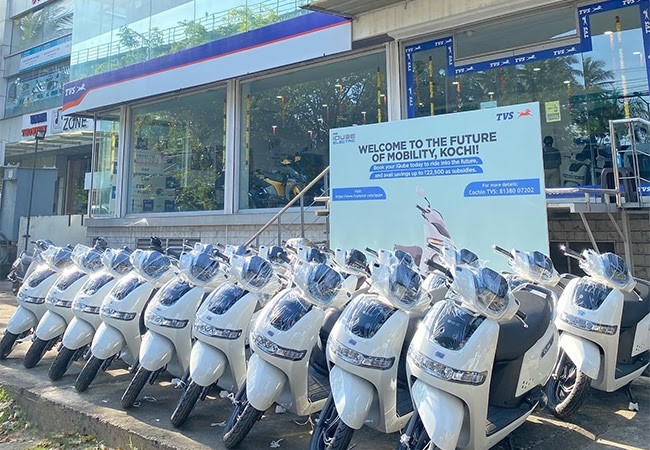
FAME or Faster Adoption and Manufacturing of Electric vehicles was conceived by the government of India to narrow the gap between prices of traditional internal combustion (petrol, diesel) vehicles and electric vehicles – cars, scooters and three-wheelers, hybrids included. They introduced the scheme in April 2019 to encourage the switch to electric mobility with a firm goal in mind to reduce carbon emissions in line with the COP 21 agreement and also save fuel.
The initial FAME 2 subsidy vehicle list has various electric scooters and bikes with a minimum range of 80km (under the Indian Driving Cycle) and a minimum top speed of 40km/h, the TVS iQube betters both by some margin, along with a host of other criteria regarding battery chemistry, localised production and so on. Basic requirements to qualify for the L1 and L2 electric two-wheeler subsidy that was formulated in 2019 can be found here.
What is the current FAME II subsidy for Electric Vehicles?
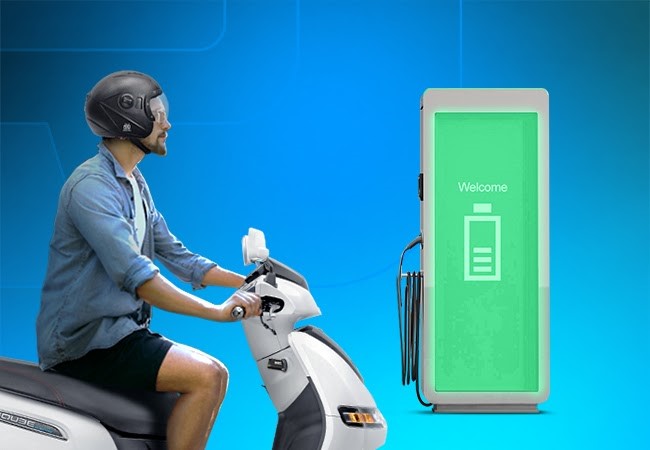
Faster Adoption and Manufacturing of Electric Vehicles in India (FAME II) was revised to offer 50% more subsidy than it was initially constituted for. For E2Ws, it is INR 10,000 per kWh which is capped at 15% of the ex-factory price of the vehicle.
To give you some reference, the TVS iQube Electric is available at an ex-showroom price of ₹ 1,55,553 in Bangalore, and the on-road price after FAME II subsidy and other charger (PA Cover + 5yr 3rd party insurance + Handling charges) stands at ₹ 1,41,533. This results in an effective price reduction of ₹21,131 at the showroom. If you happen to be in a state where further subsidies are available, the decision to buy an electric scooter may be even simpler. This, of course, is even before you count all the benefits of lower maintenance costs. As of August 2023, TVS IQube clocked a monthly sales figure of 23,887 units, which is a 440% increase in the volume as compared to 4,418 sold in August previous year. With the FAME II subsidy from the Central government, and the State governments pitching in with their own, the hope is to change this statistic in the near future. The Central government has already extended the FAME II scheme to March 2024.
Is the current FAME II scheme enough?
The Central government has set a target for 30% of all passenger vehicles to be electric vehicles by 2030, which includes an ambitious mix of 80% of all two-wheelers being electric scooters and bikes by 2030. Efforts are being made on all fronts, from manufacturing to charging infrastructure; to maintain the momentum of this segment penetration with an aim for a future with lower carbon emissions and reduced dependence on fossil fuels before the scheme runs out by the end of FY24. A major section of electric scooters available remain excluded from the FAME 2 subsidy, due to eligibility and there has been a call for an inclusion of e-bikes as well.
However, manufacturers have embraced and applauded this move by the government. Sudarshan Venu, Joint Managing Director of TVS Motor Company, was especially pleased with this announcement. "We welcome the government's continued support to EVs" he said, "Sustainable mobility solutions are very important for the future and TVS is investing significantly behind this. The improved incentives for electric two-wheelers will increase penetration. Such policy direction should lead to the indigenous development of future technology".
India’s Own EV Charging Standard
It is a first-of-a-kind initiative in which BIS (Bureau of Indian Standards), the Department of Science and Technology, ARAI and automakers have come together to develop a national charging standard, named – IS17017.
The standard is divided into three parts. First (IS-17017-Part-1&2), focuses on combined AC/DC connectors for pan-India standardized charging. Second, focuses on DC charging (IS-17017-Part-23) – 50kW to 200kW standardized charger for cars/SUVs, beyond 200kW chargers are also put in standards to cater to heavy vehicles – buses/trucks, the second part (IS-17017-Part-25) also has another vertical, specializing in low DC power output for light EVs up To 7 kW. The third is for battery swapping standards for LEVs and buses covering the form factor of battery pack, inter-operable connection system and communication between battery pack management systems (BMS). BIS is yet to develop standards for EV roaming and grid-related management functions.
The OEMs will now have to comply with the set indigenous standards, which will help to create an open ecosystem to boost EV penetration in the country. Going forward, it will significantly reduce the dependence on international standards and protocol which will further propel Indian innovation in the automotive sector.
The standard will target the large gap in the market. It is the world’s first AC and DC combined chargers, specifically for light electric vehicles (LEV). Currently, for DC fast charging all the 2-wheeler, EV makers are not mandated to follow a specific standard. The downside it brings along is that all the OEMs develop independent charging standards and connectors. Each OEM has its charging infra with a proprietary connector, hampering the interoperability of charging infra.
Commonization of a charging connector for E2W may help in the development of Public Charging infra for E2Ws as well.
Future Outlook
With the pace of adoption of EVs picking up, and technology improving to make them more affordable and efficient, it is time for the infrastructure to pick up the pace. Subsidies cannot go on for an indefinite period. They were conceived to kick-start the process of enabling a shift by breaking the largest barrier consumers face today, with respect to owning an EV. The cost of acquisition. The FAME II subsidy addresses this concern ably and helps nudge people who have leaned towards this new form of mobility.
As time passes, more people will start to view electric scooters and bikes, like the TVS iQube, as a viable daily commute. In October 2023, within 45 months of its launch – TVS iQube has charged past 200,000 sales units, while the e-scooter has clocked 96,000+ sales in the first six months of FY24. With EVs having evolved to their peak and never having been more affordable, electric mobility seems to be India's future. Moreover, there are traditional manufacturers, like TVS, queuing up for a crack at delivering this new experience. If this has you thinking, you should possibly take the next step and check this out.
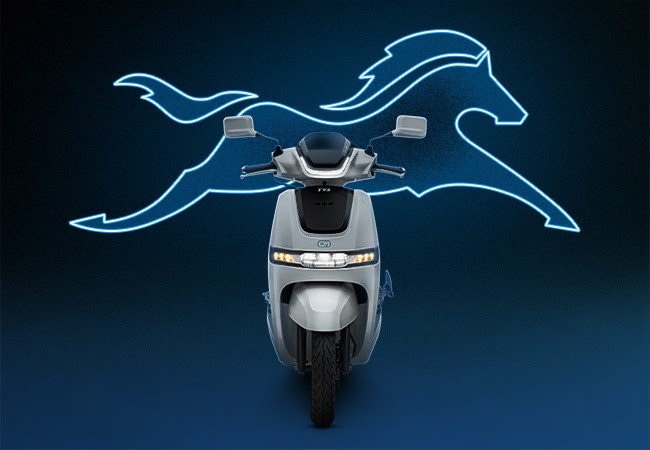
Related Blogs
TVS iQube : 3 New Variants You Should Know About
TVS iQube: The Practical Electric Scooter




